

Choosing the right black screw for wood projects can be tricky. Our guide simplifies the selection process, outlining key features, materials, and applications to ensure your projects are sturdy and visually appealing. Whether you're a seasoned carpenter or a DIY enthusiast, this information will help you choose the perfect screw for your needs.Understanding Black Screws for WoodBlack screws for wood are specifically designed for woodworking projects where a dark or contrasting aesthetic is desired. Unlike standard silver or gold screws, black screws for wood offer a sleek, modern look that can enhance the overall appearance of your finished product. They also offer excellent corrosion resistance, making them suitable for both interior and exterior applications.Why Choose Black Screws Over Other Options?Several factors make black screws for wood a preferred choice for many woodworkers: Aesthetic Appeal: The black finish provides a stylish contrast against light-colored woods and complements darker woods. Corrosion Resistance: The black coating, typically a black oxide or phosphate, protects the screw from rust and corrosion, extending its lifespan. Versatility: Available in various sizes and head types, black screws for wood can be used for a wide range of woodworking projects.Types of Black Screws for WoodChoosing the right type of black screw for wood depends on the specific requirements of your project. Here's a look at some common types:Black Drywall ScrewsWhile primarily designed for drywall, black drywall screws can also be used for certain woodworking applications. They typically have a bugle head that sits flush with the surface of the wood. However, they are generally not as strong as screws specifically designed for wood.Black Wood Screws with Flat HeadFlat head black screws for wood are ideal for applications where you need a flush finish. The flat head allows the screw to sit perfectly flat with the wood surface after installation. They are commonly used for furniture making, cabinet building, and other projects where a clean, seamless look is important.Black Wood Screws with Pan HeadPan head black screws for wood have a slightly rounded head that provides a larger bearing surface. This makes them suitable for applications where you need to distribute the clamping force over a wider area. They are often used for attaching hardware, such as hinges and handles.Black Deck ScrewsDesigned for outdoor use, black deck screws are specifically coated to withstand the elements. These are excellent for building decks, fences, and other exterior woodworking projects where corrosion resistance is paramount. They often feature a self-drilling tip, making installation easier and faster.Materials and CoatingsThe material and coating of a black screw for wood significantly impact its performance and durability.SteelMost black screws for wood are made from steel, providing strength and durability. Some may be hardened for increased resistance to bending and breaking.Stainless SteelFor projects requiring maximum corrosion resistance, consider stainless steel black screws for wood. While more expensive than steel, stainless steel offers superior protection against rust and degradation, making it ideal for marine or coastal environments.CoatingsThe black finish on these screws is typically achieved through one of the following coatings: Black Oxide: Offers mild corrosion resistance and a matte black finish. Black Phosphate: Provides enhanced corrosion resistance and a slightly textured black finish. Ceramic Coating: Offers excellent corrosion resistance and a durable, long-lasting black finish.Choosing the Right Size and LengthSelecting the correct size and length of a black screw for wood is crucial for a successful project. Here are some guidelines:DiameterThe diameter of the screw should be appropriate for the thickness and density of the wood. Thicker, denser woods require larger diameter screws. A screw that is too thin may not provide sufficient holding power, while a screw that is too thick can split the wood.LengthThe length of the screw should be long enough to penetrate deeply into the wood and provide a secure hold. A general rule of thumb is that the screw should penetrate at least half the thickness of the bottom piece of wood. For example, if you are attaching a 1-inch board to another 1-inch board, the screw should be at least 1.5 inches long.Installation TipsProper installation ensures that your black screws for wood provide the best possible performance. Here are some tips: Pre-Drilling: Pre-drilling pilot holes is recommended, especially when working with hardwoods. This prevents the wood from splitting and makes installation easier. Countersinking: Countersinking creates a recess for the screw head, allowing it to sit flush with the surface of the wood. Using the Right Screwdriver: Use a screwdriver that is properly sized for the screw head. This prevents stripping the head and ensures a secure grip. Controlling Torque: Avoid over-tightening the screws, as this can damage the wood or strip the screw head. Use a variable-speed drill or screwdriver to control the torque.Where to Buy Black Screws for WoodBlack screws for wood are readily available at most hardware stores, home improvement centers, and online retailers. Consider reputable suppliers like Hebei Muyi Import&Export Trading Co.,Ltd for high-quality options.Example ApplicationsHere are some example applications where black screws for wood are commonly used: Furniture Making: Attaching legs, frames, and other components. Cabinet Building: Assembling cabinets, drawers, and doors. Deck Building: Securing deck boards, railings, and posts. DIY Projects: A wide range of woodworking projects where a dark or contrasting aesthetic is desired.Troubleshooting Common IssuesEven with careful planning, you may encounter some issues when using black screws for wood. Here are some common problems and how to fix them: Screw Stripping: Use a properly sized screwdriver and apply even pressure. If the screw is already stripped, try using a screw extractor or filling the hole with wood glue and a toothpick before re-driving the screw. Wood Splitting: Pre-drill pilot holes to prevent the wood from splitting. You can also use a clamp to hold the wood together while driving the screw. Screw Not Holding: Use a longer or wider screw to provide more holding power. You can also try using wood glue in conjunction with the screw.Black Screws for Wood: A Comparison TableHere’s a table comparing different types of black screws for wood based on features, benefits, and ideal applications. Note that pricing may vary based on supplier and quantity. Type of Screw Head Type Material/Coating Common Applications Pros Cons Drywall Screws Bugle Steel/Black Phosphate Drywall, light woodworking Inexpensive, readily available Lower strength compared to wood screws Flat Head Wood Screws Flat Steel/Black Oxide Furniture, cabinets Flush finish, clean look Requires countersinking Pan Head Wood Screws Pan Steel/Black Phosphate Attaching hardware Larger bearing surface, versatile Head protrudes slightly Deck Screws Flat/Bugle Steel/Ceramic Coating Decks, fences, outdoor projects Excellent corrosion resistance May be more expensive ConclusionChoosing the right black screw for wood for your woodworking project involves considering several factors, including the type of wood, the application, and the desired aesthetic. By understanding the different types of screws, materials, and coatings available, you can select the perfect screw to ensure a strong, durable, and visually appealing finished product. Always remember to follow proper installation techniques to maximize the performance of your screws and prevent common issues.

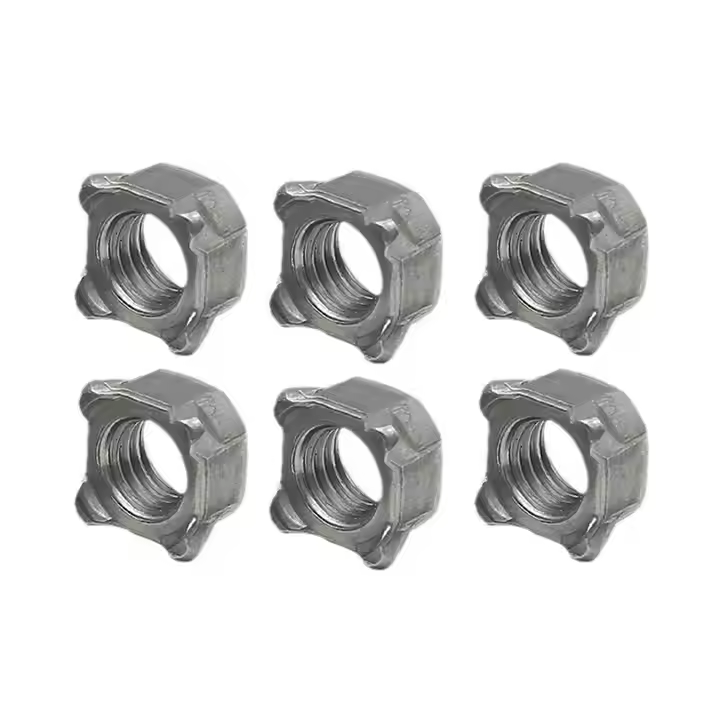

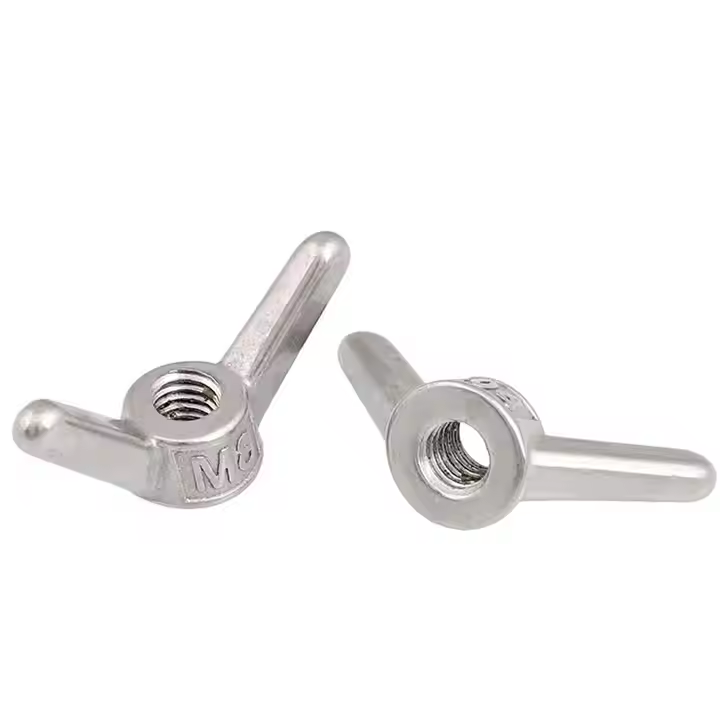
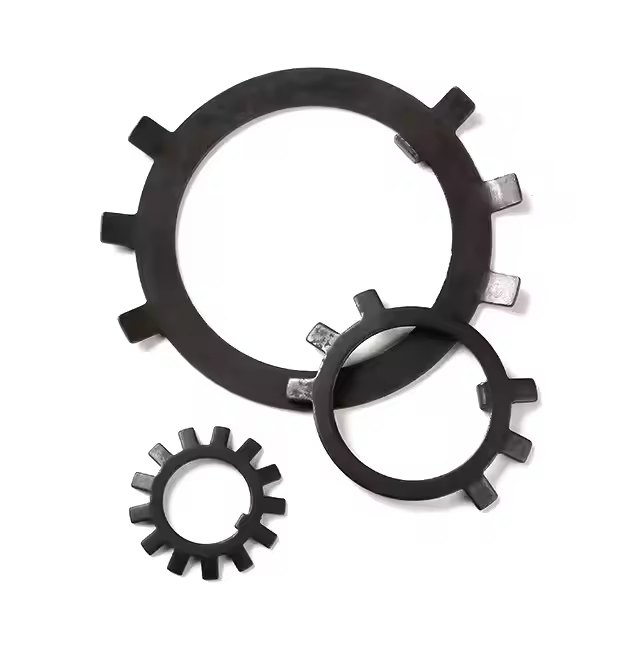
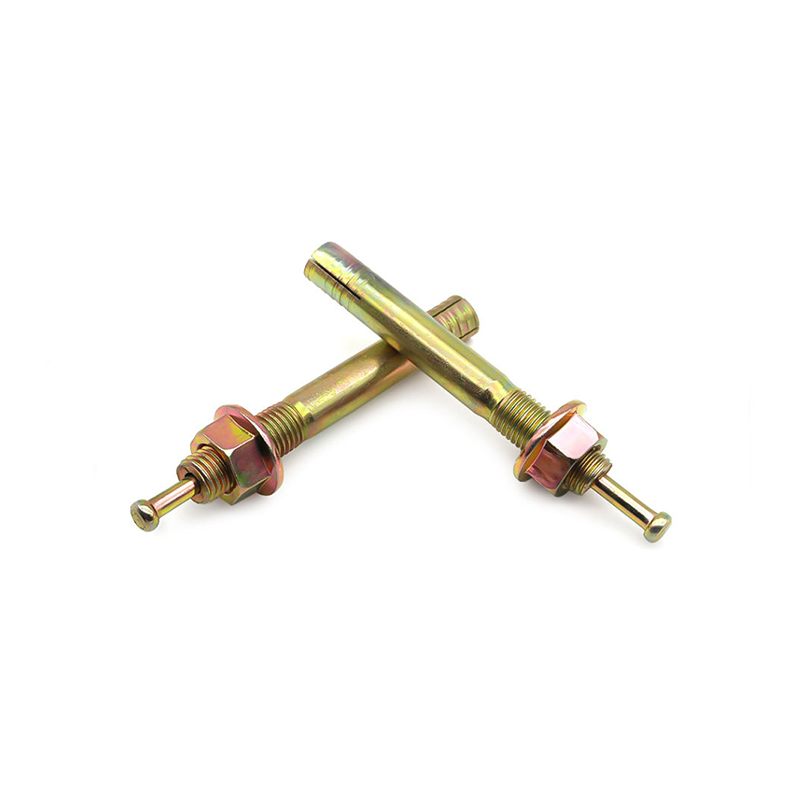
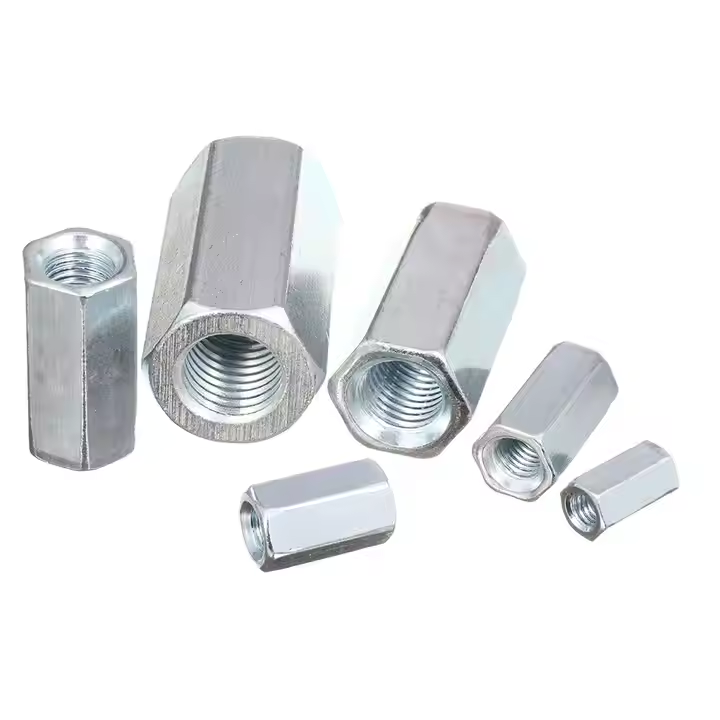
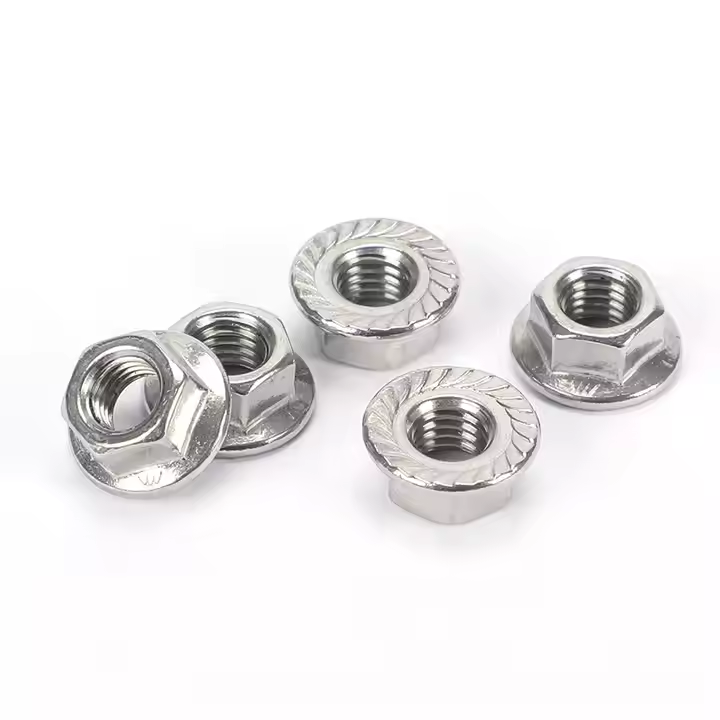
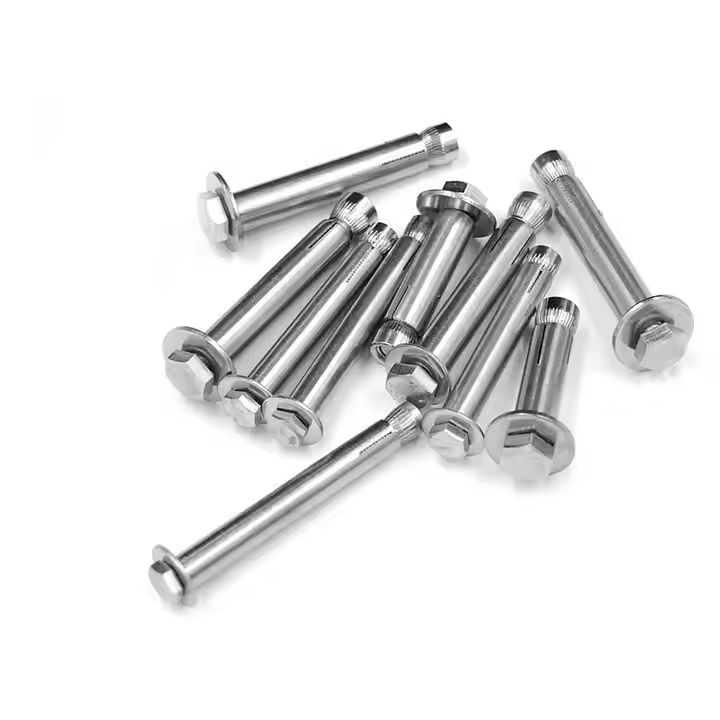
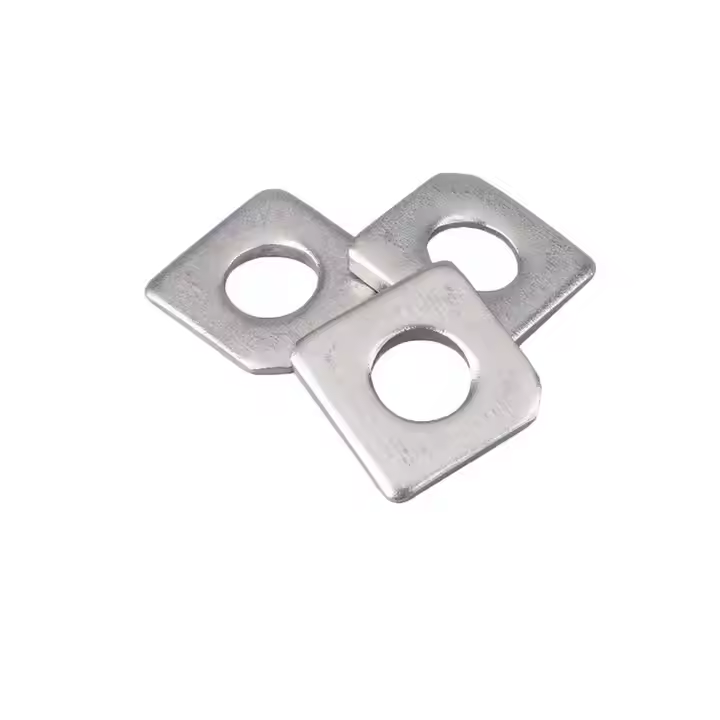
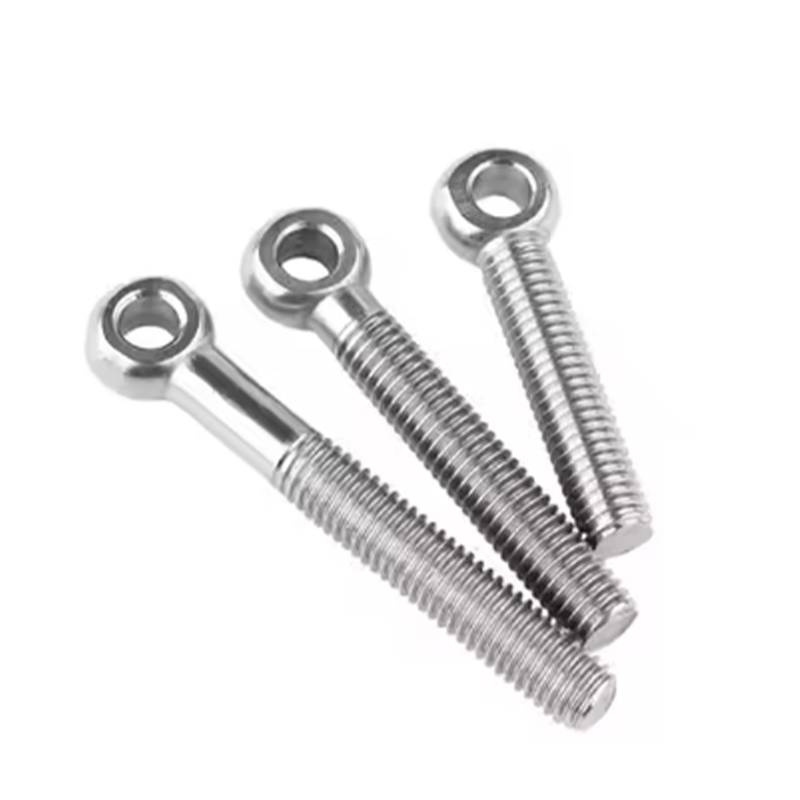
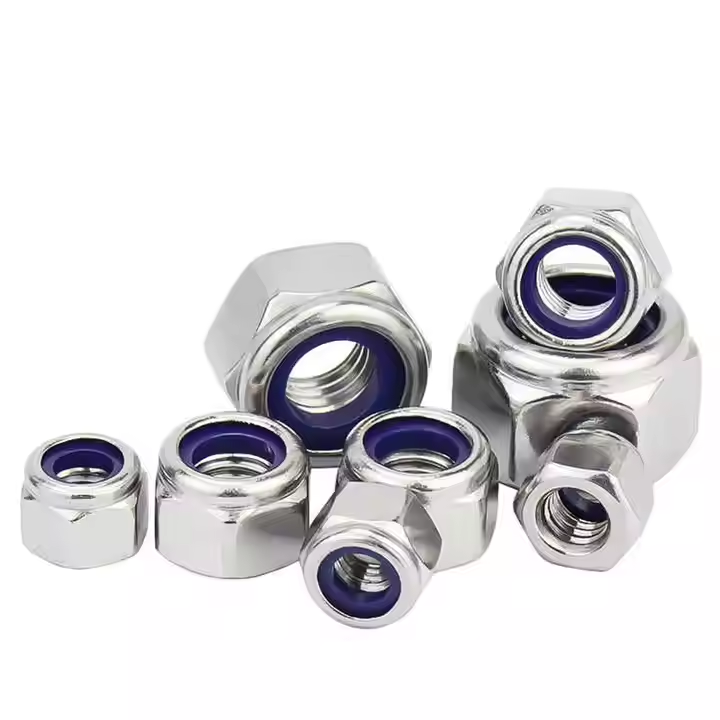
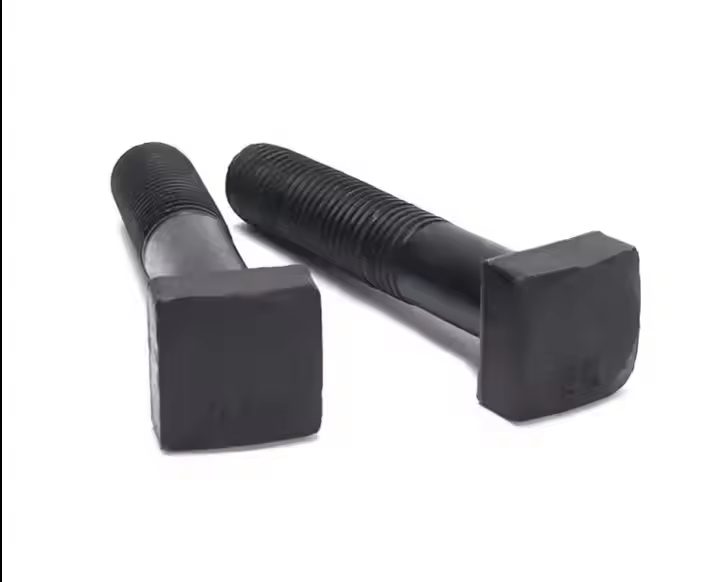
Please enter your email address and we will reply to your email.